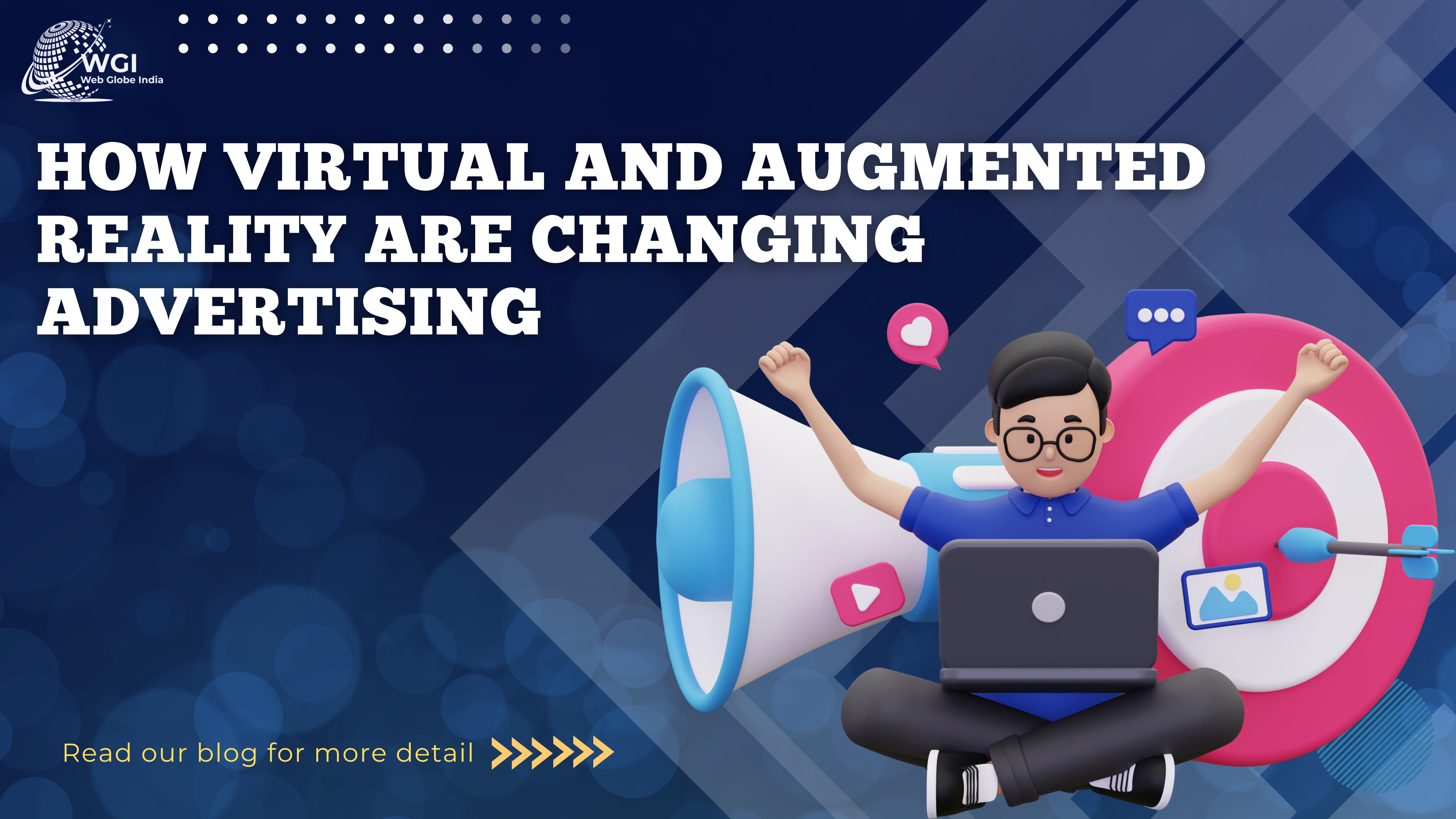Virtual Reality (VR) and Augmented Reality (AR) are changing the way companies advertise in a big way. As technology advances, major businesses, especially in gaming and retail, are using these tools to create fun and interactive experiences for customers. Though VR and AR are still new, they are already showing great potential in helping brands connect with people in a more engaging way. This trend will likely grow as the technology becomes more available and easy to use.
Right now, VR and AR headsets are not as common as smartphones or tablets, but this is just the beginning. Large tech companies are investing a lot of money into improving these technologies. As a result, marketers feel confident exploring new ways to use VR and AR in advertising. These advancements will soon change the way brands reach out to customers, making ads more personal and memorable.
Virtual Reality’s Impact
At the moment, Virtual Reality is mainly used for gaming. Devices like the Oculus Rift, HTC Vive, and Sony’s PlayStation VR allow users to enter completely different, virtual worlds. While VR games are still developing, they are already impressing users with their immersive experiences. For marketers, this offers a unique opportunity to engage customers in ways that were never possible before.
How does this affect advertising? Traditional ads, like pop-ups or banners, don’t work well in VR environments. Instead, companies need to create experiences that people want to interact with. For example, instead of showing a regular ad, brands can create virtual spaces where users can experience products firsthand.
A great example of this is Marriott’s virtual vacation campaign. Using VR, Marriott allowed people to virtually visit exciting travel destinations for a short time, giving them a taste of what their holiday could be like. This left a positive impression on users, making them more likely to think of Marriott when booking a trip. These experiences not only show off the product but also showcase the power of VR itself.
Besides creating fun experiences, VR can also help marketers gather important data. With VR, companies can track where users look and what interests them the most. For example, if a car company uses VR to let users explore a new vehicle, they can see which features attract the most attention. This information helps brands improve future campaigns and personalize ads based on what each user finds interesting.
Augmented Reality’s Role
While VR takes users into new virtual worlds, Augmented Reality mixes virtual elements with the real world. Instead of creating an entirely new environment, AR adds virtual objects to real-life surroundings, letting people interact with products in their own space.
Many companies are already using AR creatively. For example, furniture brands use AR to show customers how a couch or table would look in their living room before they buy it. By allowing users to see virtual objects in their actual environment, AR helps create a stronger connection between customers and products.
But AR is not limited to home use. As the technology advances, AR could be used for outdoor advertising. Imagine walking down the street with AR glasses, seeing personalized ads on billboards that are tailored to your interests. Each person might see a different ad, based on what they like, making advertising more targeted and engaging.
The Future of Advertising with VR and AR
The possibilities of VR and AR in advertising are huge. Even though these technologies are still new, they have already shown that they can create memorable and personalized experiences. As more companies start using VR and AR, they will need to focus on finding creative ways to engage people and make their ads stand out.
With VR and AR, advertising is shifting from traditional formats to offering complete experiences that people want to participate in. The challenge for brands will be to create campaigns that feel exciting and real, giving users a reason to engage with them. As VR and AR continue to improve, they will keep changing how companies connect with their audiences, making advertising more immersive and effective than ever.







